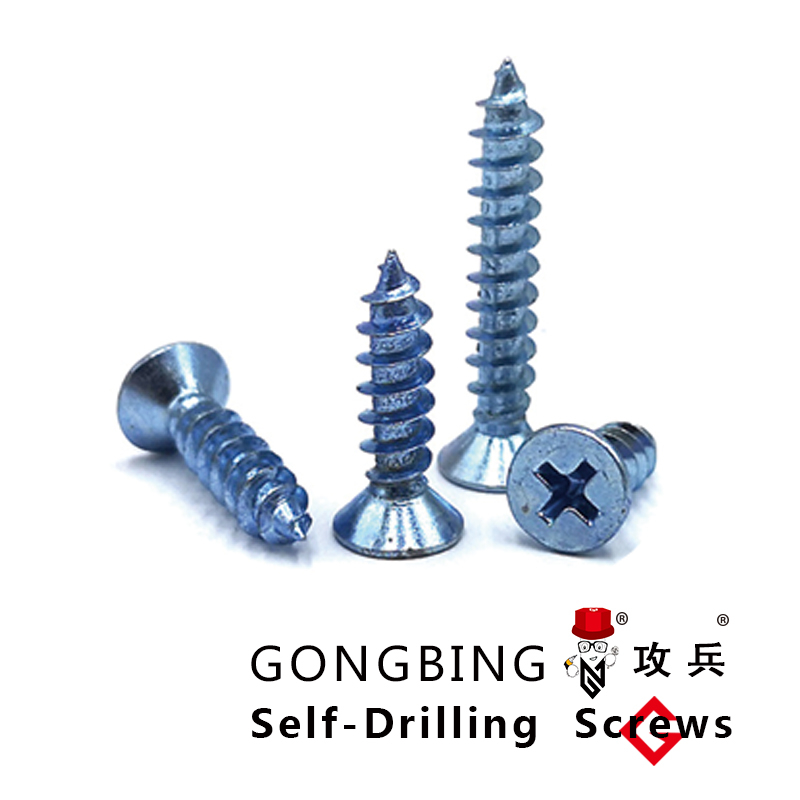Exploring the Benefits and Applications of M12 Wedge Anchors for Secure Installations
Understanding the M12 Wedge Anchor A Comprehensive Guide
When it comes to anchoring heavy structures securely in concrete, the M12 wedge anchor stands out as a reliable and robust option. In construction and engineering, choosing the right anchoring system is crucial, as it ensures the safety and durability of the installed elements. This article will delve into the features, uses, benefits, and installation process of the M12 wedge anchor.
What is an M12 Wedge Anchor?
The M12 wedge anchor is a type of mechanical anchor that is used to secure various components to concrete, offering exceptional holding power. The designation M12 refers to the diameter of the anchor's threaded rod, which is 12 mm. These anchors typically consist of a threaded rod, a wedge, and an expansion clip. The mechanism allows the anchor to expand when it is driven into a pre-drilled hole, creating a tight fit that can withstand shear and tensile forces.
Applications of M12 Wedge Anchors
M12 wedge anchors are versatile and can be used in a variety of applications, including but not limited to
1. Industrial Equipment Heavy machinery and equipment that require stable anchoring often utilize M12 wedge anchors to ensure safety and operational efficiency. 2. Structural Supports They are also used in constructing beams, columns, and other structural elements in buildings and bridges. 3. Residential Applications Homeowners may use these anchors for securing fixtures, shelves, and cabinetry to concrete walls, enhancing safety and design. 4. Outdoor Installations M12 wedge anchors are effective for anchoring outdoor furniture, playground equipment, and signs, providing stability against wind and weather conditions.
Advantages of M12 Wedge Anchors
m12 wedge anchor

One of the main advantages of M12 wedge anchors is their high strength and load-bearing capacity. They can withstand significant force, making them suitable for heavy loads and dynamic applications. Moreover, the wedge mechanism ensures that the anchor locks securely in place, minimizing the risk of pull-out or shear failure.
Another benefit is the relatively straightforward installation process. With the right tools—typically a hammer drill and a wrench—installers can achieve a strong hold quickly and efficiently. This ease of installation can result in lower labor costs and faster project completion times.
Installation Process
The installation of M12 wedge anchors involves several essential steps
1. Preparation Identify the installation location and gather the necessary tools and materials. 2. Drilling Using a hammer drill, create a hole in the concrete. The hole diameter and depth must correspond to the specifications of the M12 wedge anchor. 3. Cleaning Remove any debris and dust from the hole to ensure a secure fit. 4. Insertion Insert the wedge anchor into the drilled hole. 5. Expansion Use a wrench to tighten the nut on the anchor, which will cause the expansion clip to activate and lock the anchor in place. 6. Verification Check the installation for proper torque and ensure that the anchor is securely fastened.
Conclusion
The M12 wedge anchor is a reliable solution for concrete anchoring needs, combining strength, versatility, and ease of installation. Its ability to support heavy loads makes it a preferred choice in both industrial and residential applications. By understanding the unique features and proper installation techniques, contractors and DIY enthusiasts alike can utilize M12 wedge anchors effectively, ensuring safe and durable constructions. Whether you are securing equipment or installing fixtures, this anchoring solution is a critical component in modern construction.
-
Weatherproof Plastic Expansion Anchors for OutdoorNouvellesJun.06,2025
-
Sustainability in the Supply Chain: Eco-Friendly TEK Screws ProductionNouvellesJun.06,2025
-
Load-Bearing Capacity of External Insulation FixingsNouvellesJun.06,2025
-
Double Head Bolts: Enhancing Efficiency in Industrial MachineryNouvellesJun.06,2025
-
Corrosion Resistance in Chipboard Screws: Coatings for Wholesale DurabilityNouvellesJun.06,2025
-
Butterfly Toggle Bolts : Enhancing Structural ResilienceNouvellesJun.06,2025
